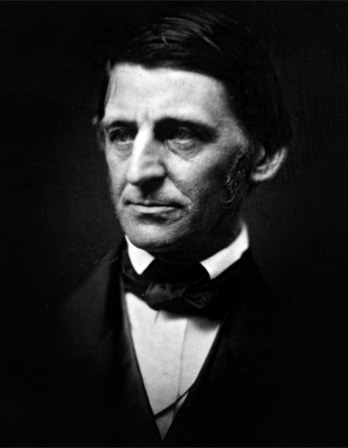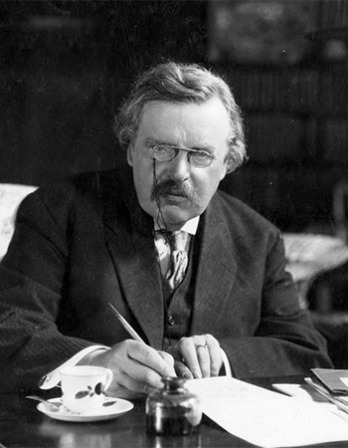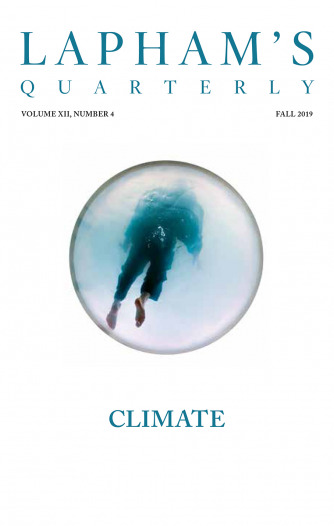Nothing is so easy as to deceive one’s self; for what we wish, that we readily believe.
—Demosthenes, 349 BCTrue Blood
Hungarian vampires gone wild.
In a certain canton of Hungary, named in Latin Oppida Heidanum, beyond the Tibisk, between that river which waters the fortunate territory of Tokay and Transylvania, the people known by the name of Heyducqs believe that certain dead persons, whom they call vampires, suck all the blood from the living, so that these become visibly attenuated, while the corpses, like leeches, fill themselves with blood in such abundance that it is seen to come from them by the conduits, and even oozing through the pores. This opinion has just been confirmed by several facts which cannot be doubted, from the rank of the witnesses who have certified them. We will here relate some of the most remarkable.
About five years ago, a certain Heyducq, an inhabitant of Madreiga named Arnald Paul, was crushed to death by the fall of a wagonload of hay. Thirty days after his death, four persons died suddenly, and in the same manner in which, according to the tradition of the country, those die who are molested by vampires. They then remembered that this Arnald Paul had often related that in the environs of Cassovia, and on the frontiers of Turkish Servia, he had often been tormented by a Turkish vampire, for they believe also that those who have been passive vampires during life become active ones after their death, that is to say, that those who have been sucked, suck also in their turn—but he had found means to cure himself by eating earth from the grave of the vampire and smearing himself with his blood, a precaution which, however, did not prevent him from becoming so after his death, since on being exhumed forty days after his interment, they found on his corpse all the indications of an archvampire. His body was red, his hair, nails, and beard had all grown again, and his veins were replete with fluid blood, which flowed from all parts of his body upon the winding sheet which encompassed him. The hadnagi, or official, of the village, in whose presence the exhumation took place, and who was skilled in vampirism, had, according to custom, a very sharp stake driven into the heart of the defunct Arnald Paul that pierced his body through and through and made him, as they say, utter a frightful shriek, as if he had been alive. That done, they cut off his head and burned the whole body. After that, they performed the same on the corpses of the four other persons who died of vampirism, fearing that they in their turn might cause the death of others.
All these performances, however, could not prevent the recommencement of similar fatal prodigies toward the end of last year, that is to say, five years after, when several inhabitants of the same village perished miserably. In the space of three months, seventeen persons of different sexes and different ages died of vampirism; some without being ill, and others after languishing two or three days. It is reported, among other things, that a girl named Stanoska, daughter of the Heyducq Jotiützo, who went to bed in perfect health, awoke in the middle of the night all in a tremble, uttering terrible shrieks, and saying that the son of the Heyducq Millo, who had been dead nine weeks, had nearly strangled her in her sleep. She fell into a languid state from that moment, and at the end of three days she died. What this girl had said of Millo’s son made him known at once for a vampire: he was exhumed, and found to be such. The principal people of the place, with the doctors and surgeons, examined how vampirism could have sprung up again after the precautions they had taken some years before.
They discovered at last, after much search, that the defunct Arnald Paul had killed not only the four persons of whom we have spoken, but also several oxen, of which the new vampires had eaten, and among others, the son of Millo. Upon these indications they resolved to disinter all those who had died within a certain time. Among forty, seventeen were found with all the most evident signs of vampirism, so they transfixed their hearts and cut off their heads also, and then cast their ashes into the river.
All the informations and executions we have just mentioned were made juridically, in proper form, and attested by several officers who were garrisoned in the country, by the chief surgeons of the regiments, and by the principal inhabitants of the place. The verbal process of it was sent toward the end of last January to the Imperial Council of War at Vienna, which had established a military commission to examine into the truth of all these circumstances.

Antoine Augustin Calmet
From The Phantom World. Calmet was ordained as a priest in 1696 and lectured on the Old and New Testaments at the abbey of Münster in Alsace in the early 1700s, eventually composing a twenty-three-volume exegesis of the Bible, published between 1707 and 1716. For his book on the occult, Calmet compiled newspapers, travelogues, and official reports. Among his chapter titles are “Of Specters which Haunt Houses,” “Ghosts in Lapland,” and “Instances of Women Thought Dead Who Came to Life Again.”




